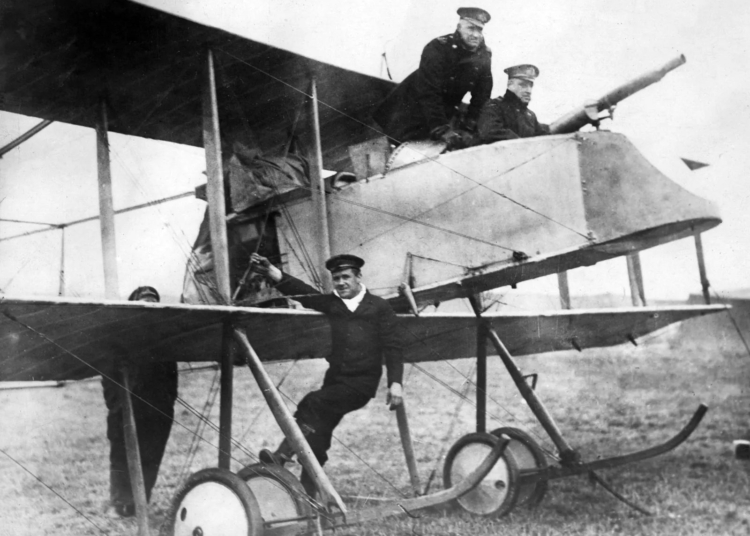Military aircraft technology has seen remarkable advancements over the past century. From simple wooden biplanes to cutting-edge stealth fighters, the evolution of military aviation has been nothing short of extraordinary. The early days of reconnaissance missions in World War I paved the way for the faster and more maneuverable fighter aircraft of World War II. The development of jet engines led to supersonic aircraft capable of breaking the sound barrier. And with the introduction of stealth technology, aircraft like the F-22 Raptor have changed the game in aerial warfare. As we look to the future, the possibilities for military aircraft technology are endless, promising even more exciting and innovative advancements in the skies.
Introduction
Over the past century, military aircraft technology has evolved at a rapid pace, from the early days of wooden biplanes to the cutting-edge stealth fighters of today. This article will explore the fascinating journey of military aircraft technology, tracing its advancements and innovations over the years.
Early Aircraft Innovations
The first military aircraft were simple biplanes made of wood and fabric, used primarily for reconnaissance and scouting missions during World War I. These early aircraft were slow and vulnerable to enemy fire, but they paved the way for future advancements in aviation technology.
The Rise of Fighter Aircraft
During World War II, fighter aircraft played a major role in combat operations, with iconic planes like the Spitfire and the Messerschmitt Bf 109 dominating the skies. These aircraft were faster, more maneuverable, and better armed than their predecessors, marking a significant leap forward in military aviation technology.
The Jet Age
The development of jet engines in the post-war years revolutionized military aviation, leading to the creation of faster and more powerful fighter jets. The introduction of supersonic aircraft like the F-86 Sabre and the MiG-15 marked a new era in aerial warfare, with planes capable of breaking the sound barrier and engaging in high-speed dogfights.
The Age of Stealth Technology
In recent decades, military aircraft technology has advanced even further with the development of stealth technology. Stealth fighters like the F-22 Raptor and the F-35 Lightning II are designed to evade radar detection and strike targets with precision, giving pilots a significant advantage in combat situations.
The Future of Military Aircraft
As we look to the future, military aircraft technology continues to evolve, with advancements in unmanned aerial vehicles (UAVs), hypersonic aircraft, and other cutting-edge technologies shaping the next generation of fighter jets. The future of military aviation promises to be even more exciting and innovative as we push the boundaries of what is possible in the skies.
Conclusion
From the early days of biplanes to the advanced stealth fighters of today, military aircraft technology has come a long way over the past century. As we continue to push the boundaries of what is possible in the skies, one thing is clear: the future of military aviation is as bright and promising as ever.












